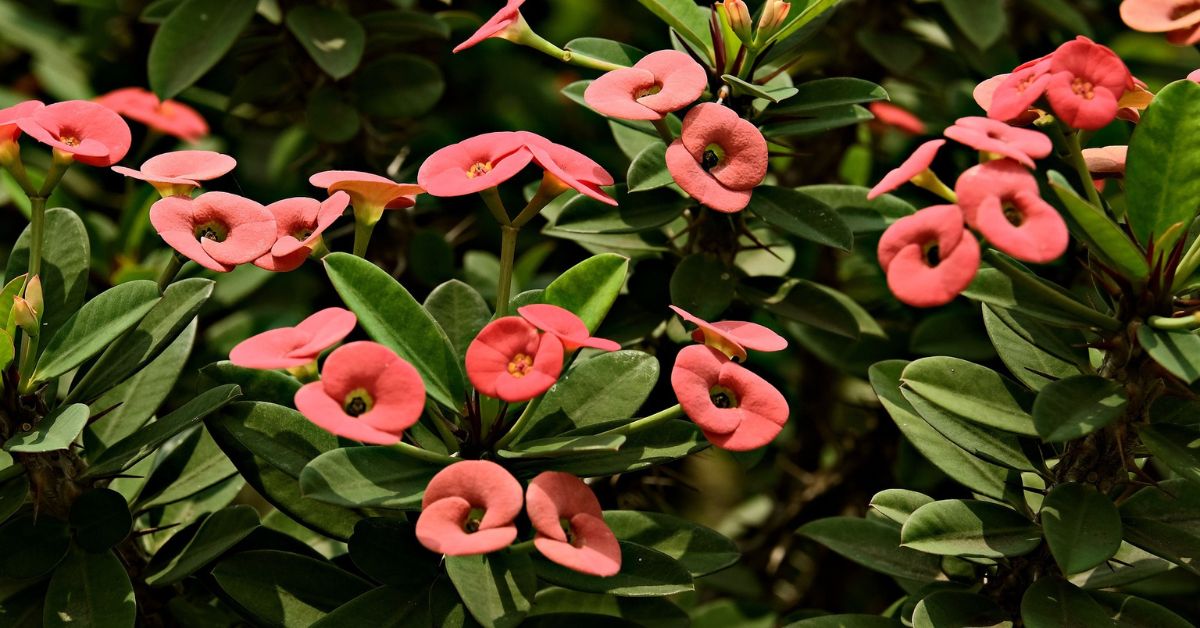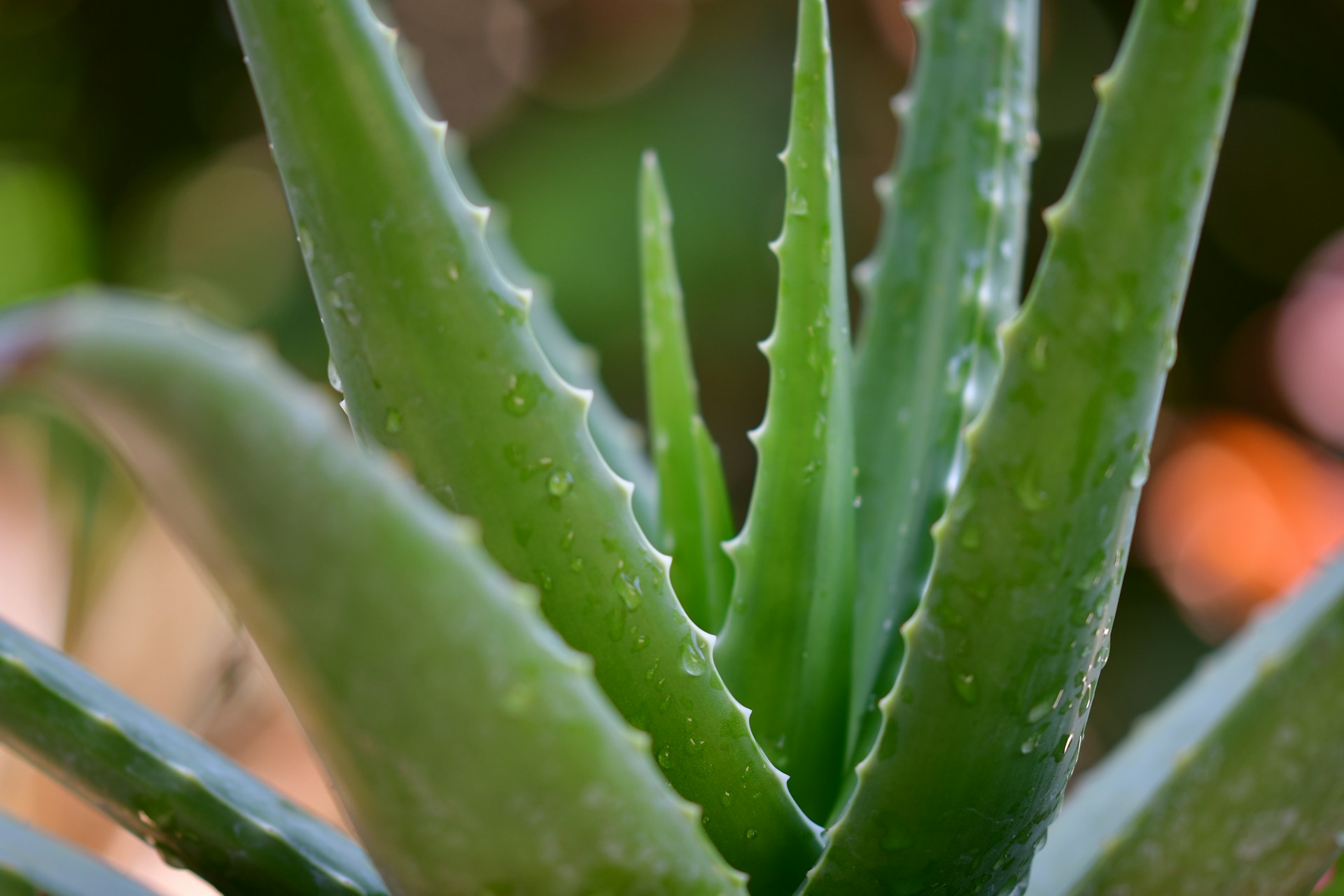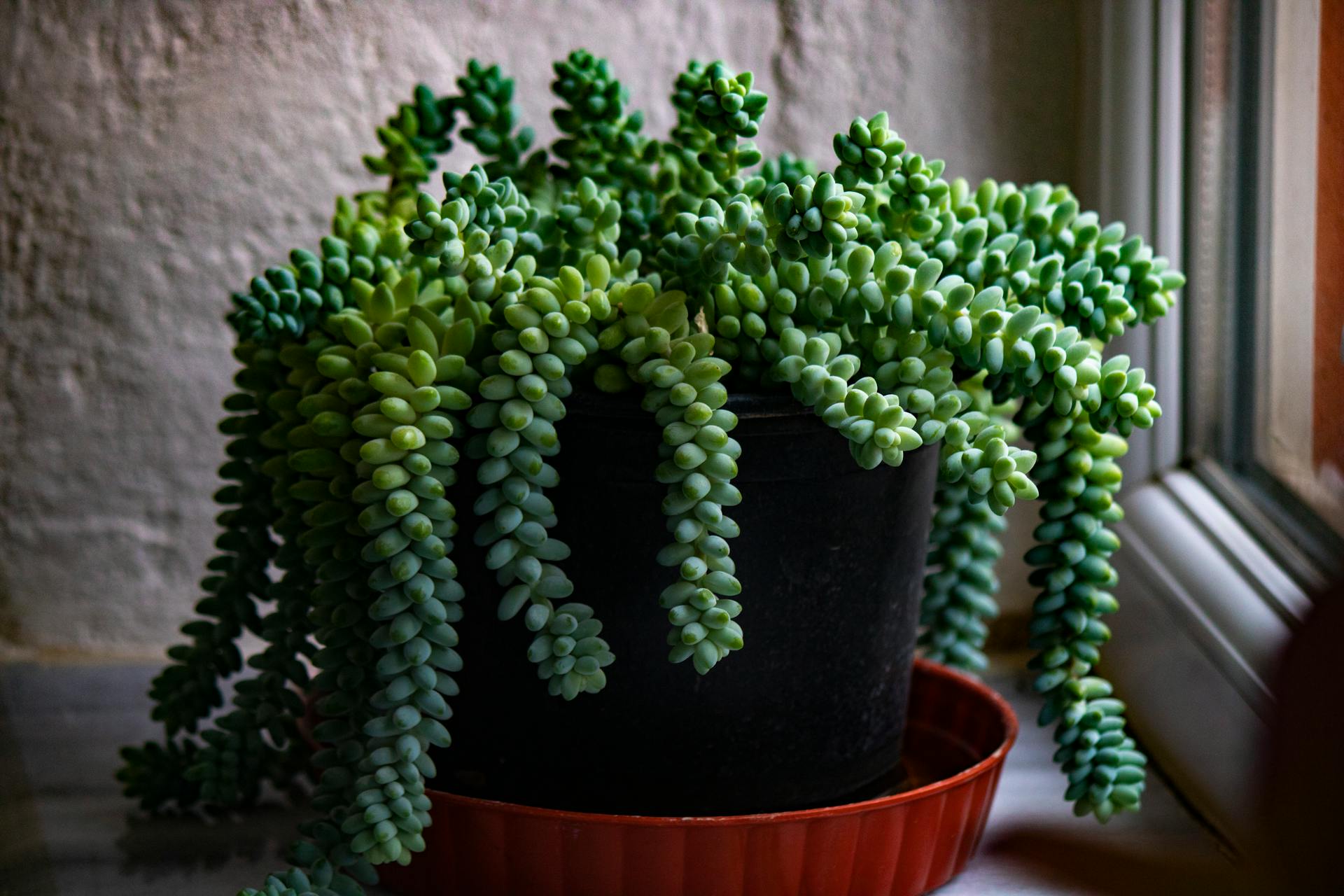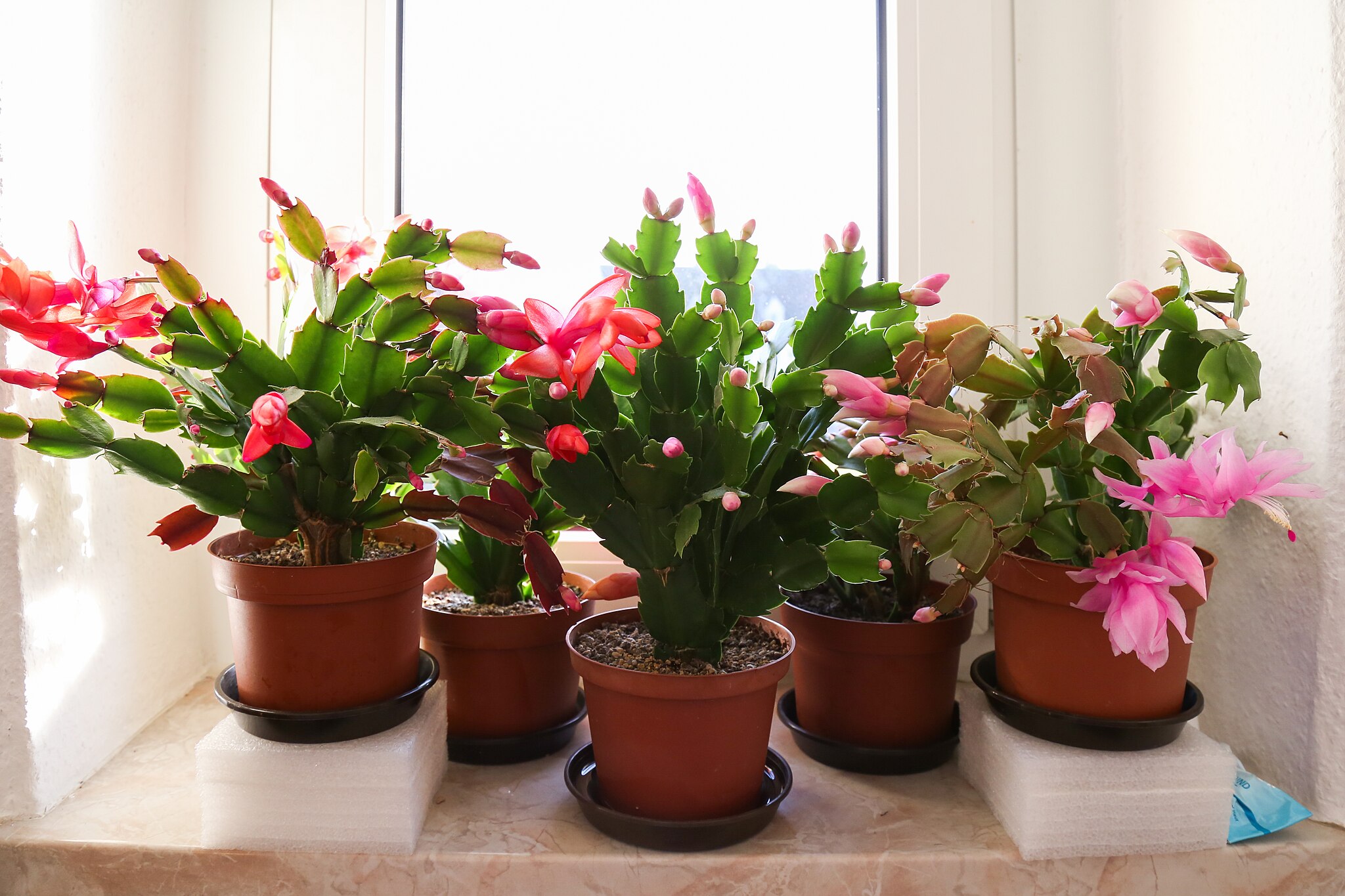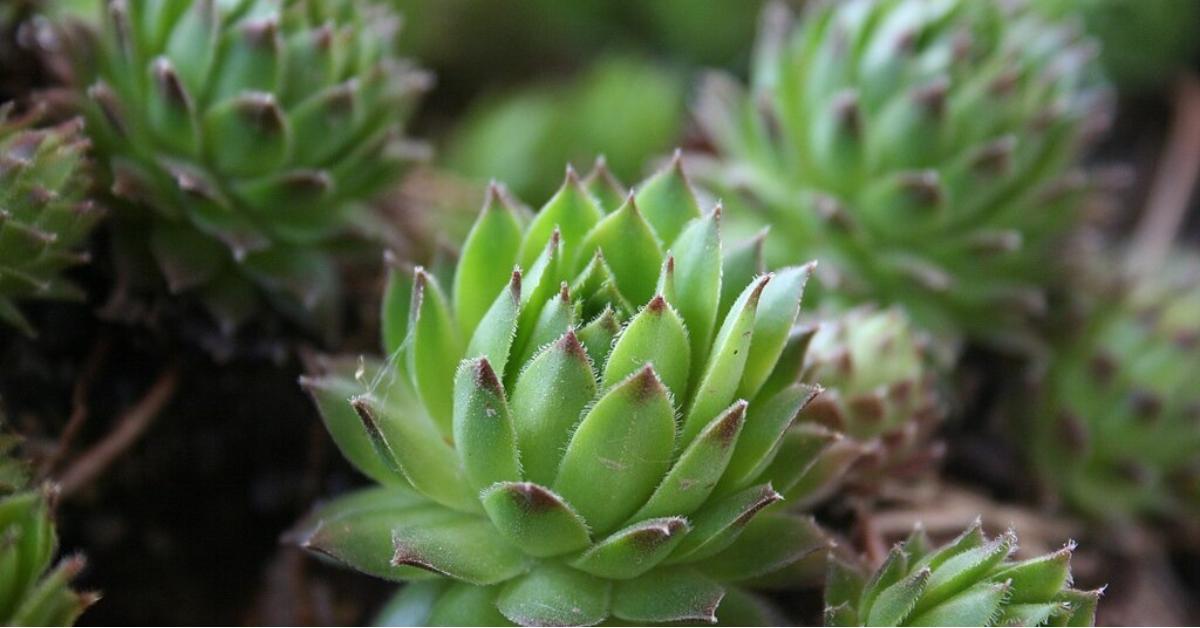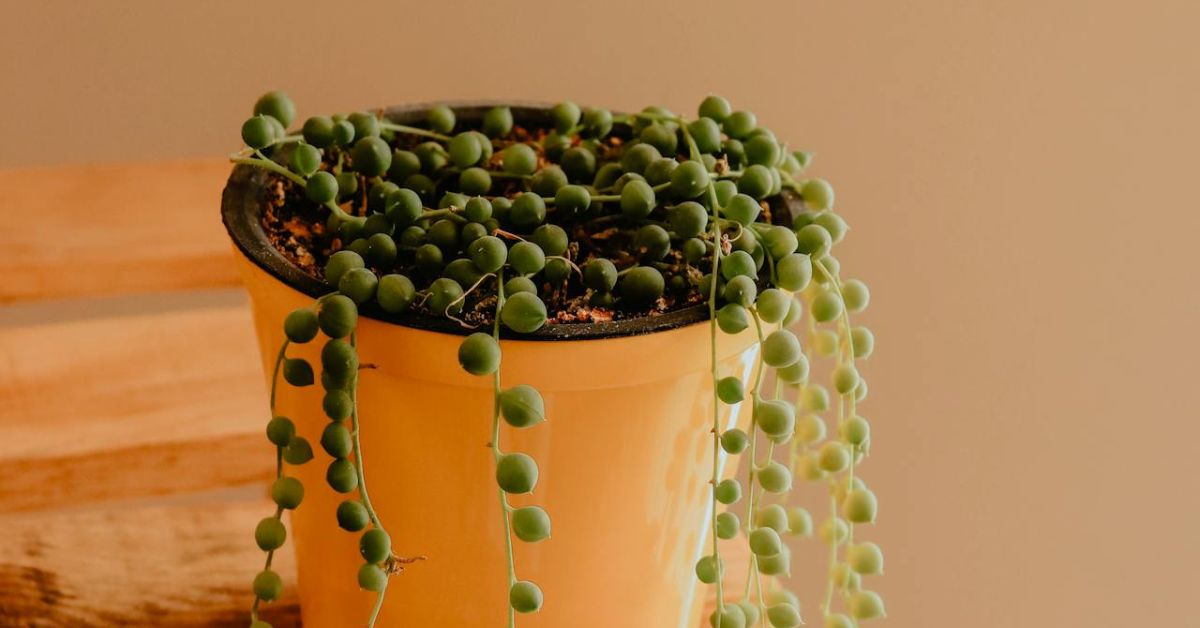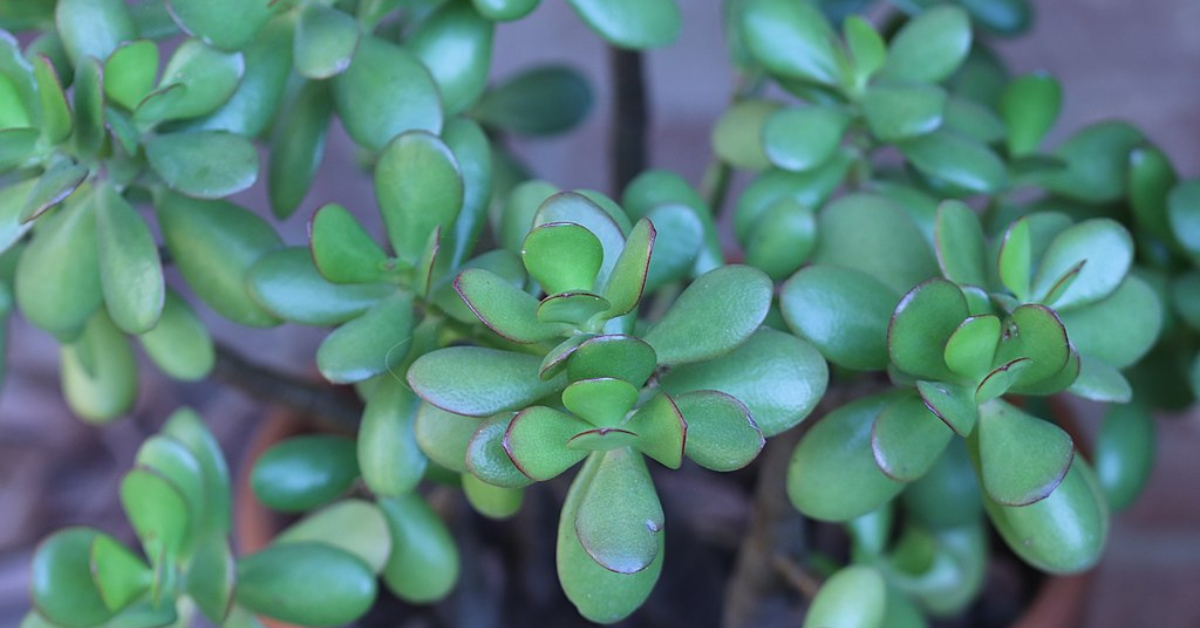IN THIS ARTICLE
The Crown of Thorns plant, also known as Euphorbia milii, is a resilient and low-maintenance succulent that produces beautiful clusters of colorful flowers. Despite its spiky appearance, this plant is a favorite among many gardeners for its unique beauty.
The crown of thorns plant often puzzles us with its care requirements and slow growth. We’re here to demystify this intriguing plant and its unique crown of thorns characteristics.
In this article, we’ll cover everything from types to planting tips, indoor and outdoor growth, proper care, and common issues, ensuring your plant thrives effortlessly.

| Botanical Name | Euphorbia milii |
| Family | Euphorbiaceae |
| Plant Type | Succulent |
| Mature Size | 3-6 feet tall, 2-3 feet wide |
| Sun Exposure | Full sun to partial shade |
| Soil Type | Well-drained, sandy soil |
| Soil pH | Slightly acidic to neutral (6.0-7.0) |
| Bloom Time | Year-round, with peak in spring and summer |
| Flower Color | Red, pink, yellow, white |
| Hardiness Zones | 9-11 (USDA) |
| Native Area | Madagascar |
Types of Crown of Thorns Plant
We have various types to choose from, each with unique attributes.
| Types | Unique Appearance |
|---|---|
| Euphorbia milii var. splendens | Features bright red bracts with long, sharp thorns. |
| Euphorbia milii ‘Dwarf Apache’ | Compact size with smaller red bracts and a bushy appearance. |
| Euphorbia milii ‘Vulcanus’ | Known for its deep red bracts and dense, clustered growth. |
| Euphorbia milii ‘Rosalie’ | Displays soft pink bracts and a more delicate structure. |
| Euphorbia milii ‘Short and Sweet’ | Characterized by its petite size and vibrant pink bracts. |
| Euphorbia milii ‘White Lightning’ | Unique white bracts that contrast beautifully with its green foliage. |
How to Grow Crown of Thorns Plant
Growing a crown of thorns plant can be tricky due to its specific needs and slow growth. Often, we struggle with finding the right location, pot, and soil.
But not to worry, we’ll break down these steps to make planting easier and ensure your plant flourishes.
Choosing the Right Location
Selecting the best location is crucial for crown of thorns’ characteristics. This plant thrives in sunny spots, needing at least 5-6 hours of direct sunlight daily.
A south-facing window is ideal for indoor growth, ensuring the plant gets ample light without burning. Outdoors, choose a spot that provides enough sun but protection from harsh afternoon rays. Proper light ensures healthy growth and vibrant flowers.
Choosing the right pot and soil
We need to pick a pot with good drainage to prevent waterlogging, which can lead to root rot. Terracotta pots are a great choice as they allow excess moisture to evaporate.
For soil, a well-draining mix is key. Combine cactus soil with a bit of sand or perlite to enhance drainage. Avoid heavy, clay soils that retain water, as they can hinder the plant’s growth.
Planting Steps
- Start by filling the pot with your prepared soil mix, leaving some space at the top.
- Carefully remove the crown of thorns from its nursery pot or propagate the plant. Handle gently to avoid damaging roots.
- Place the plant in the new pot, ensuring the root ball is centered.
- Fill around the root ball with more soil, pressing lightly to eliminate air pockets.
- Water the plant thoroughly after planting, but allow the soil to dry out between waterings to prevent root rot.
- Position the pot in your chosen sunny spot and monitor the plant’s environment, making adjustments as needed to maintain optimal conditions.
How to grow Crown of Thorns Plant Indoor
Growing crown of thorns indoors requires attention to light, water, and temperature. We need a bright spot with 5-6 hours of sunlight. Water sparingly, allowing soil to dry between waterings to prevent root rot.
Keep the temperature between 18-24°C. Fertilize once a month during the growing season. Monitor for pests and adjust conditions as needed.
How to grow Crown of Thorns Plant Outdoor
Growing crown of thorns outdoors requires selecting a sunny spot with partial shade during peak afternoon hours to avoid scorching. Water deeply but infrequently, ensuring the soil dries out between waterings to prevent root rot.
Protect from heavy rainfall and maintain temperatures above 10°C. Use a well-draining soil mix and inspect regularly for pests.
How to Care for Crown of Thorns Plants
At times, it can be frustrating when the crown of thorns plant doesn’t flourish as expected. It’s easy to feel overwhelmed with its watering needs, fertilization schedule, pruning practices, and repotting techniques.
Don’t worry, we’ve got you covered. We’ll unravel the mysteries of its care to help you maintain those vibrant flowers and sturdy stems.
Watering Guidelines
Proper watering is essential for maintaining optimal crown of thorns characteristics. This plant prefers to be on the drier side, making overwatering a common pitfall.
We should allow the top inch of soil to dry out completely between waterings. During the growing season, water thoroughly but reduce frequency in the dormant winter months.
Always use room temperature water to avoid shocking the roots.
Fertilization Tips
Fertilizing the crown of thorns plant helps support its slow growth and vibrant blooms. A balanced, water-soluble fertilizer works best.
We should feed the plant once a month during spring and summer. Dilute the fertilizer to half the recommended strength to prevent overfertilization, which can damage the plant.
In the winter, cut back on feeding since the plant’s growth slows down.
How to Prune Crown of Thorns Plant
Pruning is vital for encouraging healthy growth and maintaining the plant’s shape. Using sharp, sterilized tools, trim any dead, yellowing, or damaged leaves.
Wear gloves to avoid contact with the plant’s irritating sap. Prune lightly during the growing season to encourage branching and more blooms.
Regularly cleaning around the plant can also prevent pest infestations and disease.
How to Repot a Crown of Thorns plant
Repotting crown of thorns is necessary but should be done infrequently due to its slow growth. Every 2-3 years, or when the plant becomes root-bound, is ideal.
Choose a new pot that’s slightly larger than the current one with adequate drainage. Refresh the soil mix with fresh, well-draining substrate.
Handle the plant carefully, and water lightly after repotting to help it acclimate to its new environment.
How to Propagate Crown of Thorns Plant
Propagating crown of thorns plants can be accomplished through stem cuttings.
- First, cut a healthy stem, let the cut end dry for a day, then plant it in well-draining soil.
- Keep the soil slightly moist and place it in a bright location.
- With care, new roots will form, showcasing typical crown of thorns characteristics.
Common Issues and Solutions
Dealing with common issues like pests, diseases, and growth problems can be frustrating when caring for crown of thorns plants. These issues can hamper the crown of thorns characteristics we love. Let’s address these challenges to keep our plants thriving.
Pests and Diseases
Pests such as aphids, spider mites, and mealybugs are common enemies of the crown of thorns plant. We should regularly inspect the plant and identify any infestations early. Neem oil or insecticidal soap can be effective for treating these pests.
Additionally, root rot caused by overwatering is a frequent problem. Ensuring proper drainage and allowing the soil to dry out between waterings can prevent this issue. Fungicides can help manage fungal diseases if detected early.
Troubleshooting Growth Problems
When the crown of thorns plant shows poor growth or fails to bloom, light and watering conditions are usually the culprits. Ensure the plant receives sufficient sunlight—ideally, 5-6 hours of direct light—and adjust the watering schedule to prevent both drought and waterlogging.
If leaves are yellowing or falling off, check for nutrient deficiencies and amend the soil with a balanced fertilizer. Regular monitoring and adjustments can resolve most growth-related issues.
Benefits of Growing Crown of Thorns
Growing a crown of thorns plant comes with several benefits that enhance both our living spaces and the environment. By understanding the distinct crown of thorns characteristics, we can better appreciate their multifaceted advantages.
Aesthetic Appeal
The crown of thorns plant is a captivating addition to any garden or home due to its unique appearance. With its bright, vibrant flowers and striking, spiky stems, it easily becomes a focal point.
The plant’s ability to bloom year-round adds constant color to our spaces. Additionally, the variety in species means we can choose plants that best suit our design preferences, from the delicate Euphorbia milii to the robust Euphorbia splendens.
Environmental Benefits
Beyond aesthetics, the crown of thorns plant contributes positively to the environment. It is particularly well-suited for arid and semi-arid climates, thriving in conditions where other plants might struggle.
Its resilience in low-water environments makes it a sustainable choice, helping us conserve water. Moreover, by creating a micro-habitat, these plants support local fauna, attracting pollinators such as bees and butterflies, thereby aiding in the broader ecological balance.
Conclusion
Caring for the crown of thorns plant boils down to understanding its specific needs and characteristics.
From selecting the right type and ideal location to proper watering and pruning techniques, following these guidelines ensures our plant will flourish.
Embrace the journey and enjoy the rewarding experience of growing this unique and resilient plant. The Crown of Thorns is just one of many incredible succulents out there. If you’re as excited about these resilient plants as we are, there are plenty more to discover such as Aloe Vera, Burro’s Tail, Christmas Cactus, Jade Plant and String of Pearls.
Frequently Asked Questions
You Might Also Like ✾
IN THIS ARTICLE Cultural belief, Cactus in Culinary Traditions, and Cactus Art and Decor Table of Contents Introduction to Cactus…
IN THIS ARTICLE Bhutan, the “Land of the Thunder Dragon,” is quietly blazing a trail towards a sustainable future. Through…
IN THIS ARTICLE Popular cacti like Saguaro Cactus, Prickly Pear Cactus, Hedgehog Cactus and many more.. Table of Contents Think…
